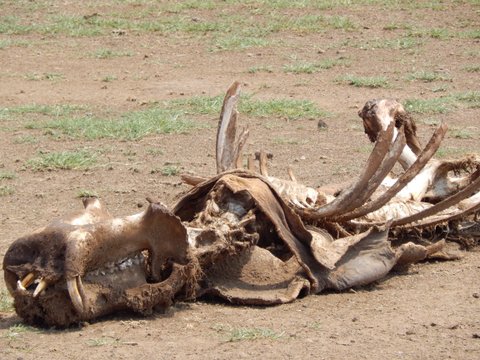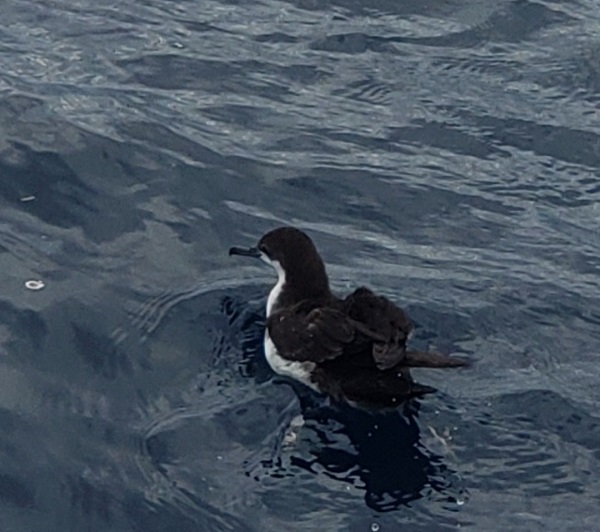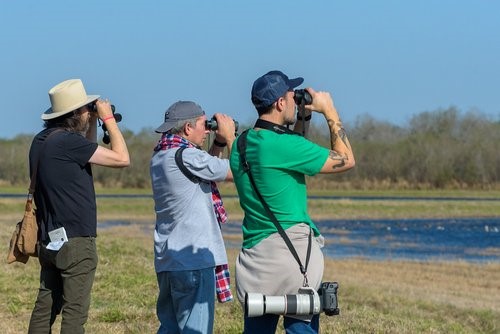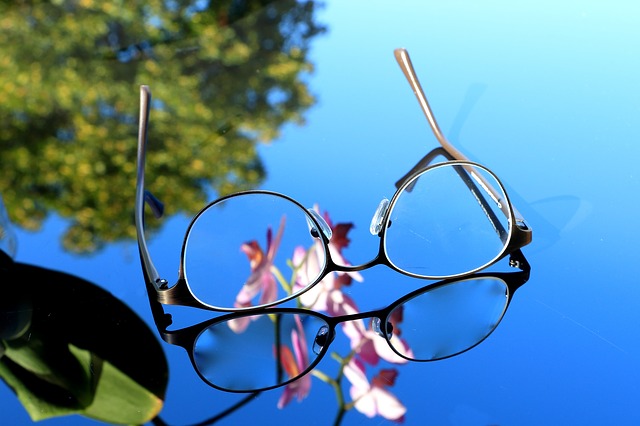Our first game drive through the 285 square miles (460 km2) of Lake Manyara National Park did not disappoint. Covering 89 square miles (231 km2) of the park, Lake Manyara is a salt lake ranging from 20 to 50 feet deep. The lake’s high alkalinity comes from sodium bicarbonate, which leaches out of the volcanic rock in which it sits.
When we arrived, the surrounding area had recently flooded, causing serious changes to the landscape in several ways. The most drastic had come from landslides so powerful they had nearly covered the original ranger office.
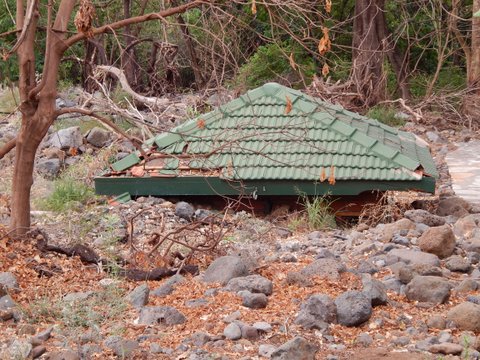
When the area flooded, the level of the lake also rose, causing the surrounding area to have significant deposits of sodium bicarbonate. This sudden change killed all of the trees in the flood area.
However, by the time of our visit we were able to witness the incredible resiliency of nature, as the area had already started to heal itself. This is helped by the many underground springs which bring in fresh water, giving the animals clean drinking water and clearing out the salt deposits. The grass is already making a comeback and the rangers are confident that the trees will soon follow.
While the flooding was terrible in so many ways, it might have done the area good, as it gets very little rain. Each year 75 percent of the lake evaporates in the dry season, which concentrates the salts. Hopefully the floods diluted the salts, if only for a short period. And as you can see in the following pictures, the animals hardly seem to have minded the flooding.
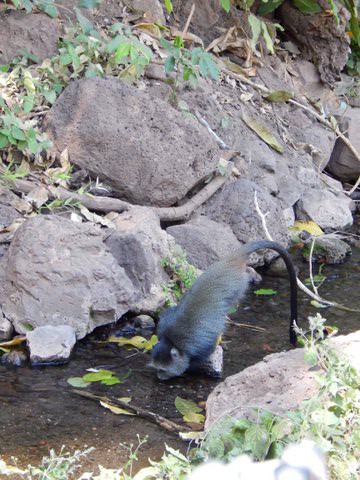
The baboons in Africa amazed me. As far as I can tell, they are the equivalent of a diurnal raccoon in the states. They are smart, quick on the uptake, like eating leftovers, and aren’t afraid to come take something that is shiny or smells good. We didn’t have any troubles with them, but we were warned not to feed them and were told tales of cameras and other treasures lost to the unsuspecting.
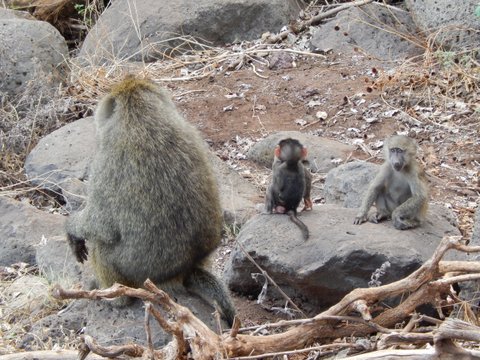
The second coolest things we saw that day was a Verreaux’s Eagle Owl with a fresh kill in its talons. It was surprising to see a diurnal owl here as most of ours are nocturnal.
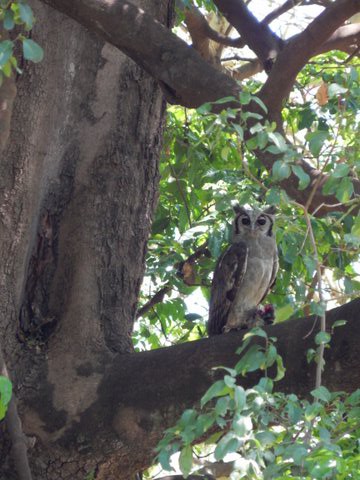
Being part of the science dork crew from the Museum, the coolest thing I think we saw that day was a hippo carcass. I was in a truck with a large animal vet that day, Mary Sue, so we spent a good bit of time trying to CSI the hippo. A clear indication that large predators are in the area, the hippo carcass was picked clean — except for the skin, which was too thick for anyone to eat.
